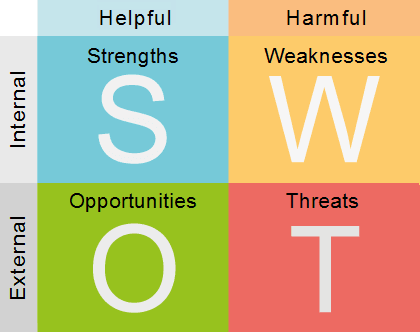In a recent AdWeek Webinar, Identifying Touch Points That Matter Most, with a panel including Candice Rab & Larry Massey, of Luth Research and Paul Ponsford of Delta Faucet Company, the webinar focused on the ‘Path to Purchase’ research used via traditional and new methodologies. With the introduction of a digital perspective to collect research proved successful for the Delta Faucet Company.
What is ‘Path to Purchase’?
As defined by Nielsen, the “path to purchase” is a cyclical decision-making process that connects consumer demand to what shoppers buy. Brands use insight around the purchasing cycle to best impact each decision in their own brands’ favor.
What is the role that digital plays in path to purchase?
Objective of the project was to better understand how touchpoints are used as consumers move along the path of deciding to purchase a product. Getting data was difficult at times to collect using the traditional methods. Luth Research identified their struggle early on with their research using traditional methods, i.e.: questions via a questionnaire; however, a pivot was made later in the process to another approach to collect data.
About the Technology:
Using ZQ intelligence, a passive enhance research intelligence, they were able to track participants activity to every website & app they visited. The technology was able to passively collect data, which was then tied to traditional research, providing a holistic approach to the buying-decisions of each participant. This provided the ability to truly get more insight to what services & products participants were considering and how the ‘path to purchase’ fit together.
Luth Research was able to reach out to participants via email based on digital & geo-fencing triggers, to obtain feedback on a participants intent and reasoning to purchase. The benefit t the email approach enabled Luth Research to obtain feedback, without interrupting the participants experience by serving a ‘Pop-up’.
Key Insight on Purchase Experience:
The data obtained through this research was key in determining where Participants actually purchased the product and the reasons around that decision. In this experience, Delta Faucet Company found that many consumers started their experience online, but made most of their purchases at Brick-n-Mortar stores, as they wanted to touch and feel the product before purchasing; however, the experience regardless of whether buying it in-store or online similar.
Key Learnings:
It’s important for Brands to be open to newer methodologies, such as digital tracking, to gain insight on the ‘path to purchase’. Also, there is no single methodology used as a silver bullet to collect all of a buyers research; therefore, it is important to network and work with partners that can provide the ideal solution to achieve your objectives.
To learn more or follow on social media around this topic, use the hashtag #LuthP2P.










